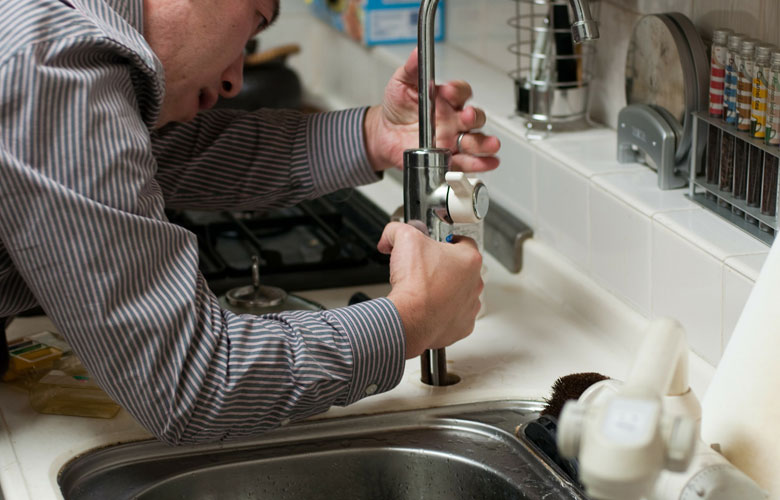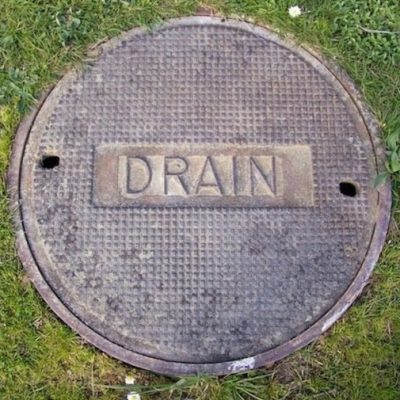The article author is making a few great points on Tips for Dealing with Clogged Drains and Sewer Lines in general in this content beneath.

Introduction
Managing a blocked drain can be an irritating experience, interrupting day-to-day tasks and possibly creating damage to your property. Nonetheless, prior to connecting to pipes professionals, there are actions you can require to resolve the problem yourself. In this overview, we'll check out DIY remedies and safety nets to tackle an obstructed drainpipe effectively.
Determining the Issue
The initial step in attending to an obstructed drainpipe is acknowledging the signs. Slow drain, gurgling noises, foul odors originating from drains, or water backing up are common indicators of a blocked drainpipe. Identifying these indications early can help protect against even more issues.
Common Causes of Blocked Drainpipes
Understanding the variables that add to drain pipes blockages is important for efficient resolution. Typical wrongdoers include hair, soap residue, oil, food particles, and foreign objects like hygienic products or paper towels. Tree origins attacking below ground pipelines can additionally cause significant obstructions.
DIY Solutions
For small obstructions, several do it yourself services can be efficient. Putting boiling water down the drainpipe can help dissolve grease and particles. Sodium bicarbonate and vinegar or a blend of salt and cooking soft drink can work as all-natural cleaners. Using a bettor or pipes serpent to displace blockages is another alternative.
Tools and Tools
Having the right devices available can make do it yourself drainpipe cleaning up much more effective. A plunger is a functional device for clearing clogs in sinks, toilets, and showers. A pipes serpent or auger can get to deeper clogs, while drainpipe cleansing chemicals can be used meticulously for persistent obstructions.
Preventive Measures
To avoid future obstructions, taking on preventive measures is important. Install drain guards or filters to capture hair and debris prior to they go into the pipelines. Routinely flush drains pipes with warm water to liquify oil accumulation, and stay clear of getting rid of grease or solid waste away.
When to Call a Specialist
While DIY solutions can resolve small blockages, particular signs suggest the demand for professional assistance. Persistent clogs, foul odors in spite of cleaning up initiatives, or several drains pipes backing up simultaneously are red flags that warrant expert treatment.
Choosing the Right Pipes Solution
When picking a plumbing service, think about factors such as experience, licensing, and client testimonials. Choose a reliable plumbing professional with a track record of high quality handiwork and transparent pricing methods.
Cost Considerations
The price of specialist drainpipe cleaning services can vary relying on the severity of the obstruction and the plumbing's rates. Demand quotes from numerous suppliers and ask about any kind of surcharges to make certain transparency and prevent shocks.
Safety and security Measures
When trying do it yourself drain cleansing, prioritize safety and security. Put on protective handwear covers and eyewear to stay clear of contact with hazardous chemicals or microorganisms. Never blend different drainpipe cleansing items, as this can generate unsafe fumes.
Case Studies
Real-life instances highlight the performance of do it yourself options and the relevance of prompt expert intervention in solving drain blockages.
Verdict
By adhering to the ideas detailed in this overview, you can properly deal with blocked drains and protect against future pipes problems. Whether choosing DIY solutions or looking for expert aid, prompt action is crucial to keeping a healthy and balanced plumbing system and preserving the stability of your home.
How to Clear a Clogged Drain Yourself (And When to Call In the Professionals)
What Can Clog a Drain
Dirt Skin flakes Hair Grease Soap scum Food Offset pipes Tree roots Small objects Mineral buildup DIY Tricks to Unclog a Drain
You can fix this! Once you have identified the source of the clog (or have a vague idea), you can try one or a combination of these fixes in order to clear your plumbing.
Wire Hanger or Snake
Untangle and clear out hair from a drainpipe with a homemade snake. Use a straightened-out wire hanger with a 90-degree angle hook to locate the clog and drag out any unwanted material.
Remember not to push the clog further down to where the wire hanger cannot reach! If you need to follow up with a plunger, give it a try. Your efforts might be more successful after it’s been wire-snaked.
If you want to get fancy and don’t have a wire hanger to spare, head to the store and pick up a hand-operated drain snake. You can get one for $10-$30. It may save you the hassle, and provide additional length to reach deep into the clogged pipe.
Plunger
A cup plunger has a suction cup attached to a wooden handle. The rubber creates a seal around the drain, and increases the pressure force of the plunger.
Plunge for 30-second increments to loosen the clog. This may need to be repeated over the course of 15-20 minutes. Once plunged, run the water to flush the remaining material out of the drain.
Remember– never use a plunger if you have used a chemical drain cleaner. These chemicals can splash up from the force of the plunger and cause serious injury or burns.
Boiling Water
Hot water can sometimes break up materials into a flushable amount. Dirt, grease, and soap buildup requires heat in order to unstick from surfaces.
Take your kitchen kettle and heat your water to a boil. Once it reaches a rolling boil, pour it directly down the drain into the blockage. Carefully follow with plunging, if necessary.
Don’t worry if this takes more than one try! It can often take multiple kettles and repeated plunging in order to clear a particularly stubborn clog.
Chemical Drain Cleaner
As a last resort, pick up a bottle of chemical drain cleaner. Drain-cleaning chemicals are potent, and not very good for the environment.
You may need to wear protective eyewear in gloves before handling your bottle of chemical drain cleaner. Follow the instructions printed on the bottle, and flush with water as soon as the instructions allow. Do not follow with plunging.
Baking Soda and Vinegar
As a safer alternative to chemical drain cleaner, baking soda and vinegar can create a chemical reaction that clears tough clogs.
Combine one cup of cleaning vinegar with one cup of boiling water, and set aside. Once you have done this, pour half a cup of baking soda down the drain. Give the baking thirty seconds to settle and cover a large portion of the problem drain.
Following the baking soda, pour down your vinegar and hot water solution. Once the vinegar and baking soda combine, the mixture will bubble and fix. Let this reaction fizzle in the drain for about an hour.
After an hour, follow with a kettle’s worth of hot water. The heat and liquid should flush out any remaining material.
When to Call a Plumber
If your DIY attempts haven’t cleared your clog drain, it’s time to call in a professional. It’s not worth losing access to your kitchen sink or high-traffic bathroom. A clog in a vital area can keep you from the things you’d rather be doing, and derail your routine.
Anytime a clog is causing water to spread is a time to call in a plumbing service. What starts out as a little bit of water can quickly grow into serious, expensive water damage.
Additionally, a serious clog can result in burst pipes or serious leaks. Make sure you know when to take it seriously!
https://myguysnow.com/how-to-clear-a-clogged-drain-yourself-and-when-to-call-in-the-professionals/

As an enthusiastic person who reads on Some easy tips to fix blocked drains, I think sharing that piece of content was beneficial. In case you enjoyed reading our article plz do not forget to share it. Many thanks for your time. Revisit us soon.
Booking Page